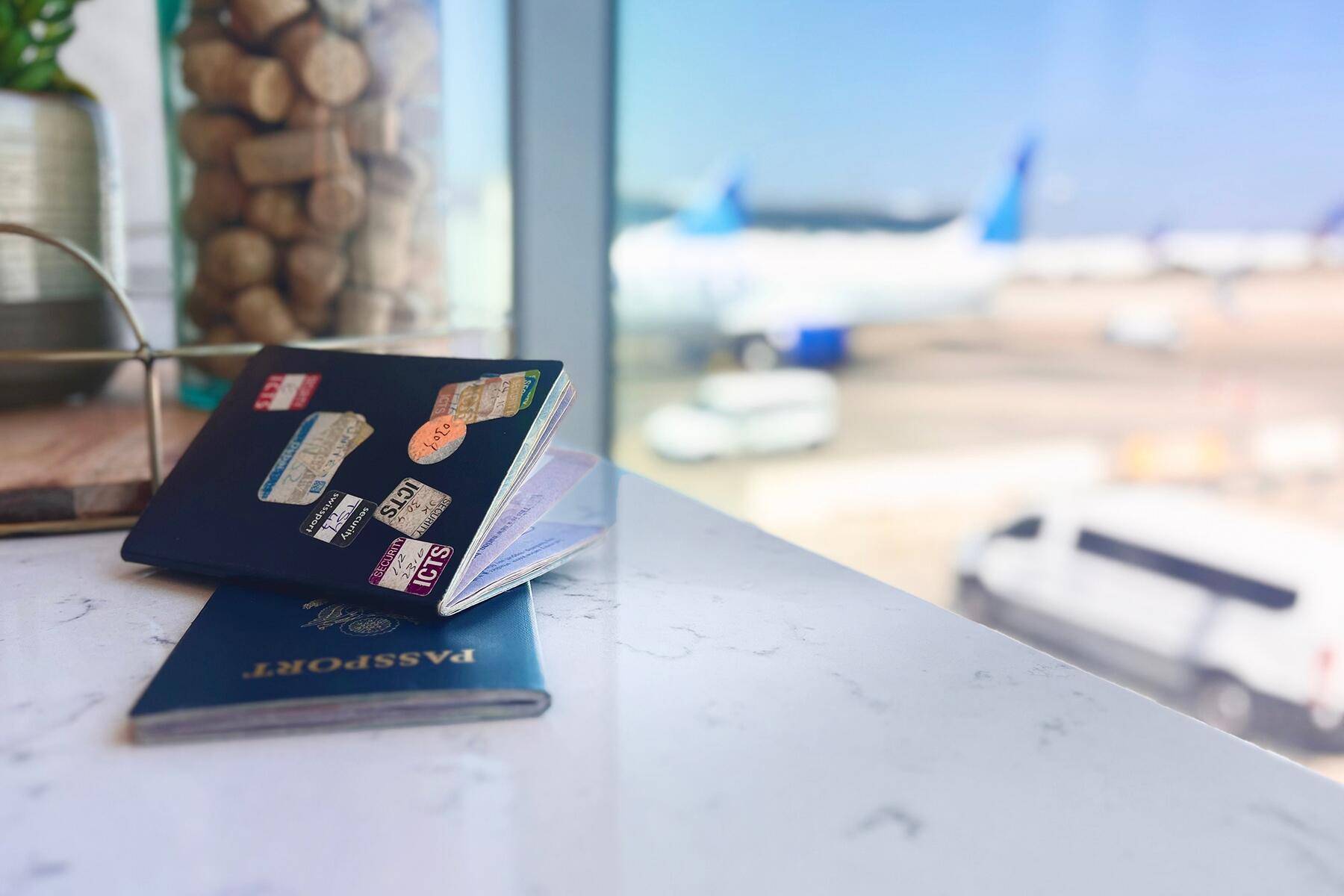eSIMS can be very cost-effective for staying connected internationally.
Picture this: You step off the plane, scan a QR code, and within moments, you’re online and ready to navigate a new destination. That’s the beauty of eSIM technology, an increasingly popular option for travelers who want seamless connectivity without the fuss of physical SIM cards. Embedded SIM cards, or eSIMs, are digital SIMs that let you switch between networks without inserting anything. For international travelers, eSIMs can be a game-changer.
Data has become a necessity rather than a luxury in travel, but it’s not necessarily a bad thing. Staying connected can transform a travel experience, allowing travelers to easily locate the best restaurants or navigate public transportation. eSIMs offer a way to stay connected without the steep roaming fees that traditional providers still charge.
What Is an eSIM?
An eSIM is exactly what it sounds like: a digital SIM card. An eSIM functions like a traditional SIM card—allowing calls, texts, and data usage—but it’s software-based, so it doesn’t require a physical slot. This is especially useful for travelers with single-slot phones who don’t want to remove their home SIM while abroad. David Dean, a digital nomad and travel tech writer, says that previously, he only used local physical SIMs rather than international roaming plans. He made the switch when eSIMS came on the market and hasn’t looked back.
Recommended Fodor’s Video
How Does an eSIM Work?
To set up an eSIM, you’ll need a compatible (Airalo has a regularly updated list of compatible devices) and unlocked phone—that is, a device that can use any provider’s SIM card. Once you purchase an eSIM plan, it’s as simple as scanning a QR code or downloading the carrier’s profile from their app. Once installed, it functions just like a regular SIM card. The key difference? It eliminates the need to physically swap SIM cards when moving between networks. Plus, you can hold multiple eSIM profiles, which is perfect for those juggling work and personal numbers or frequent travelers navigating different countries.
Tips for Choosing the Right eSIM Provider
“You’ve got two options when it comes to eSIMS,” explains Dean. “Buying them from a local cell company, just like you would with a physical SIM, or using one of the many travel eSIM companies that have sprung up in recent years.”
Typically, Dean goes for the travel eSIM companies, though he notes that local providers can often offer larger data packs at a cheaper price. There is a whole range of travel eSIM providers in terms of cost, coverage, and ease of use, so a little research can go a long way. Duncan Greenfield-Turk, CEO of Global Travel Moments, recommends reading reviews and planning to ensure the best connection. He’s used Ubigi in countries like Japan and Thailand, where getting a physical SIM can be time-consuming.
“[Ubigi’s] activation was straightforward through their app, and the data plans were reasonably priced with reliable coverage,” Greenfield-Turk says. He also suggests checking providers based on destination, as coverage quality can vary by region. “Ubigi works exceptionally well in Asia, whereas Airalo may not offer the same level of coverage in certain areas.”
Frequent traveler and travel blogger Jurga Rubinovaite has found eSIMS to be very cost-effective for staying connected internationally.
“To give you an idea, my cell data provider would have charged me 7.50 euros per MB, while with an eSIM, I paid €29 for 20 GB, valid for 30 days,” she says.
eSIM Compared to Roaming Plans
While many networks have international roaming services, such as AT&T’s International Day Pass and T-Mobile’s Go5G plans, the data speed can actually be faster with eSIMs. Travel blogger Adam Sterling tested his eSIM’s speeds on a recent trip and found it faster than the free international roaming offered by his regular provider.
“I averaged 40Mbps download using the eSIM, and only about 5 with T-Mobile data,” Sterling says, adding that he had consistent 4G LTE signal across most areas.
Drawbacks of Using an eSIM
One potential drawback is that travel eSIMs typically don’t provide a local phone number, but this hasn’t been an issue for most travelers. Dean, who has used eSIMs across 20 countries, suggests alternatives.
“For calls and messaging, I often use WhatsApp or Skype,” he says. “For just a few cents a minute, I can make outbound calls to regular numbers with Skype, which works well in most places.”
Before you jump on a flight, it’s important to be aware of activation challenges.
“It’s not easy to scan a QR code from your own phone if you are traveling solo, and that’s the only device you have with you,” says Rubinovaite. She recommends purchasing an eSIM before the trip and printing out the QR code as a backup to avoid any potential issues.





